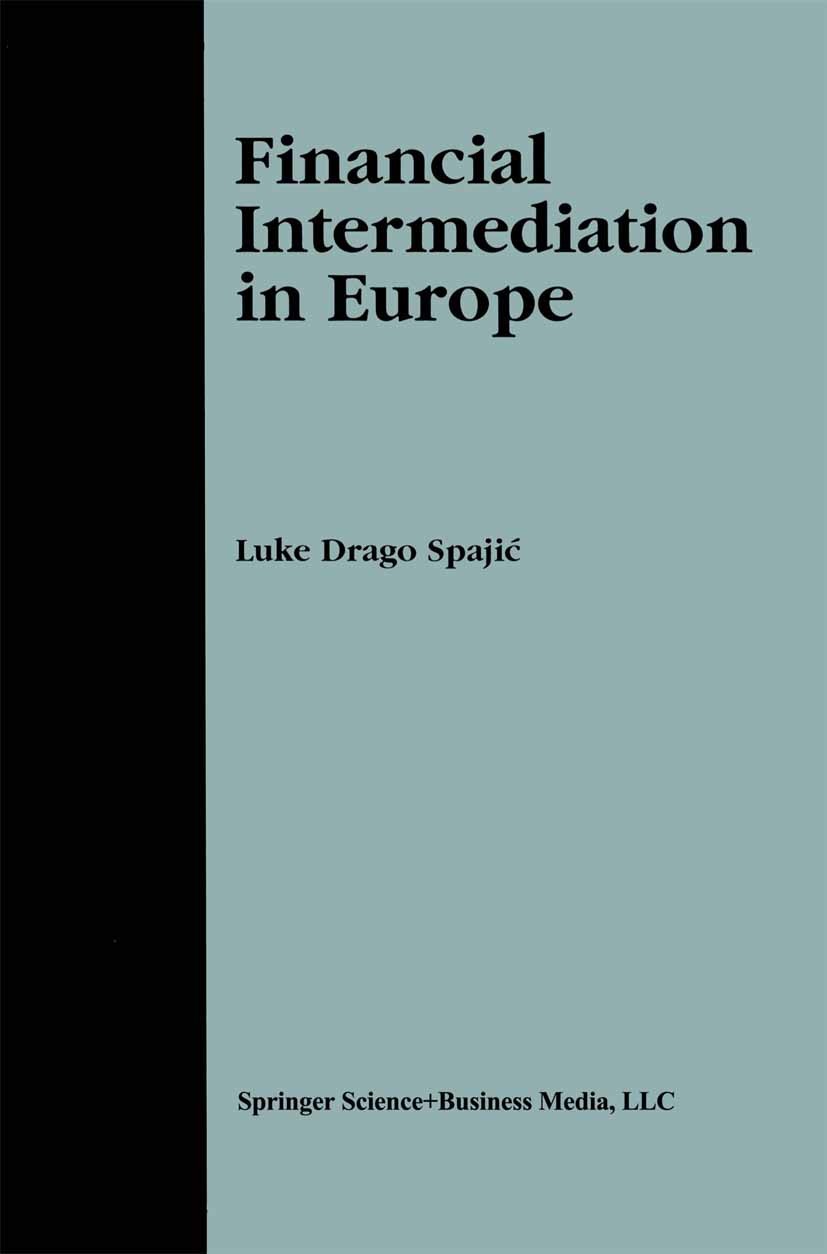| 书目名称 | Financial Intermediation in Europe | | 编辑 | Luke Drago Spajić | | 视频video | http://file.papertrans.cn/344/343079/343079.mp4 | | 图书封面 |  | | 描述 | Two items were firmly on the European economic agenda in the 1990s: financial market integration and the creation of a common or single currency. The former was supposed to have been achieved in 1992 (via the Single Market Act, with some derogations), and the latter came into being on January 1, 1999. This study is concerned with a particular connection between the two themes, namely the process of financial intermediation and especially the role of banking. 1.1 Financial & Monetary Integration in Europe Up until the mid-1980s, European financial intermediation was, as else where ‘on shore‘ in the post-war period, broadly characterised by a relatively high degree of diverse regulatory control and with cross-border restrictions (e.g., in the form of exchange controls). This resulted in the administration of interest rates and pegging of prime market yields, as well as restrictions on intermediary specialisation. Hence, it was easy to understand why price c ,etition was hardly ever seen. Within this kind of environment, banks and other financial intermediaries (OFIs) competed mainly on non-price terms - for example, through the expansion of branch networks. The Single Market Program | | 出版日期 | Book 2002 | | 关键词 | Banking; Finance; Financial Market; Financial Market Integration; Portfolio | | 版次 | 1 | | doi | https://doi.org/10.1007/978-1-4615-1013-0 | | isbn_softcover | 978-1-4613-5351-5 | | isbn_ebook | 978-1-4615-1013-0 | | copyright | Springer Science+Business Media New York 2002 |
The information of publication is updating

|
|
 |Archiver|手机版|小黑屋|
派博传思国际
( 京公网安备110108008328)
GMT+8, 2025-11-12 03:37
|Archiver|手机版|小黑屋|
派博传思国际
( 京公网安备110108008328)
GMT+8, 2025-11-12 03:37


